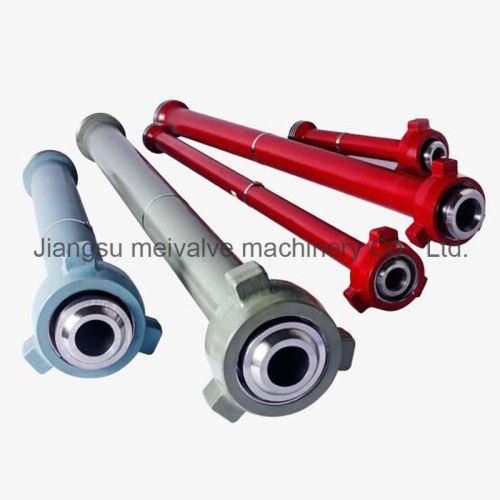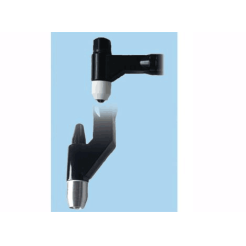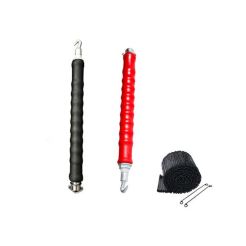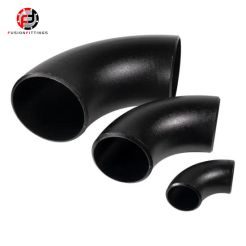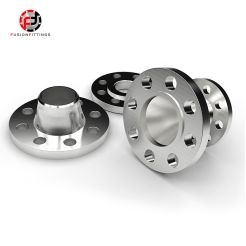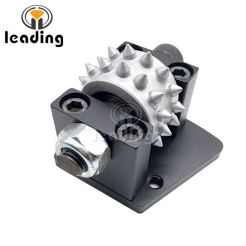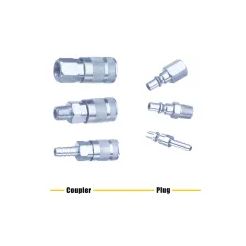pex water line sizes
Product Description
https://www.apimeivalve.com/resources/understanding-pex-pipe-sizes-and-thicknesses.html
Understanding PEX pipe sizes and thicknesses
PEX pipes are a popular choice for plumbing applications due to their flexibility, durability, and cost-effectiveness. However, understanding the different sizes and thicknesses of PEX pipes can be confusing, especially for those who are new to plumbing. In this blog post, we will discuss the different sizes and thicknesses of PEX pipes and how to choose the right size for your plumbing project.
PEX Pipe Sizes
PEX pipes come in three main sizes: 3/8-inch, 1/2-inch, and 3/4-inch. These sizes refer to the outside diameter of the pipe. The most common size used in residential plumbing is 1/2-inch PEX, which is suitable for most applications. The 3/4-inch size is typically used for larger commercial applications, such as high-rise buildings or large industrial projects. The 3/8-inch size is less common and is typically used for small projects or in areas where space is limited.
It’s important to note that PEX pipes are not measured by their internal diameter like other types of pipes. This is because PEX pipes have a thinner wall thickness than traditional pipes, which allows for a larger internal diameter.
PEX Pipe Thickness
PEX pipes come in two different thicknesses: PEX-A and PEX-B. PEX-A pipes are cross-linked using a peroxide process, which results in a more uniform and consistent product. PEX-A pipes are more flexible and resistant to damage from freezing, making them a good choice for cold weather climates. They are also more expensive than PEX-B pipes.
PEX-B pipes are cross-linked using a silane process and are less expensive than PEX-A pipes. However, they are also less flexible and more prone to damage from freezing. PEX-B pipes are a good choice for warm weather climates or for indoor plumbing applications where freezing is not a concern.
When choosing the thickness of your PEX pipes, it’s important to consider the specific needs of your plumbing project. If you live in an area with cold winters, you may want to consider using PEX-A pipes to prevent damage from freezing. On the other hand, if you live in a warm climate or are working on an indoor plumbing project, PEX-B pipes may be a more cost-effective option.
